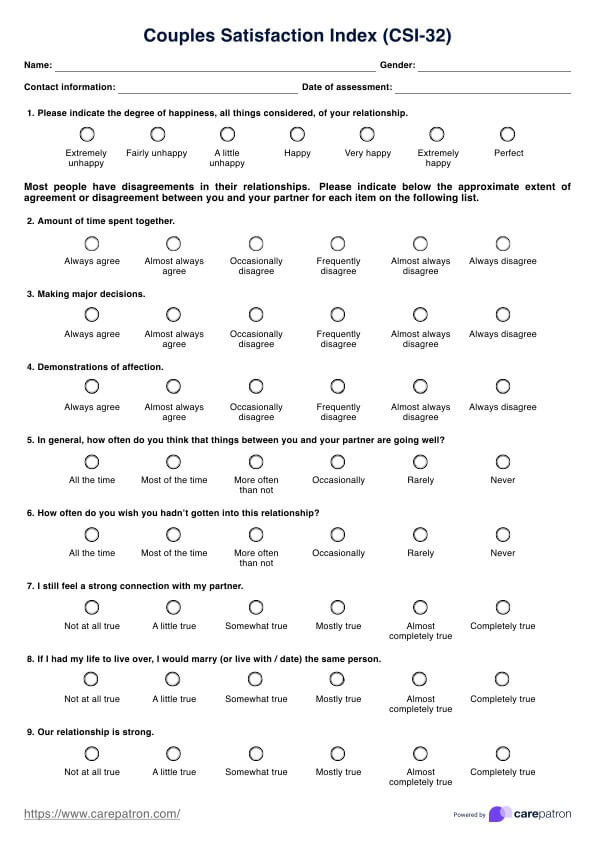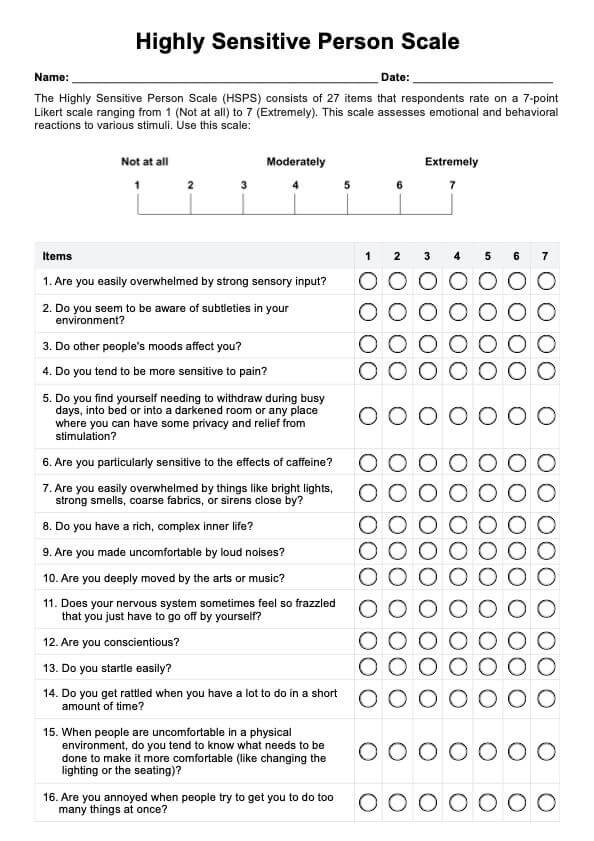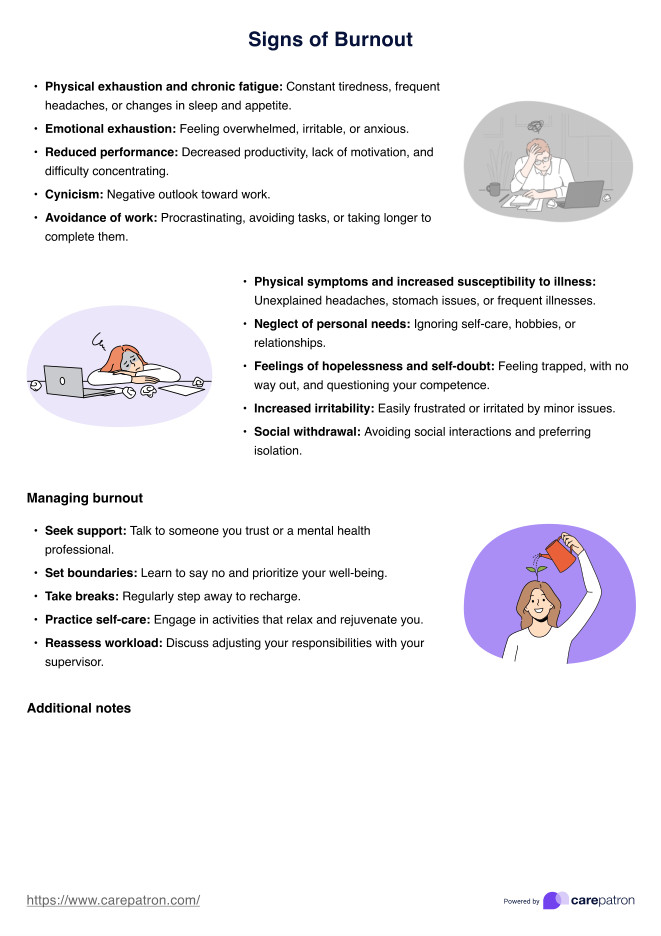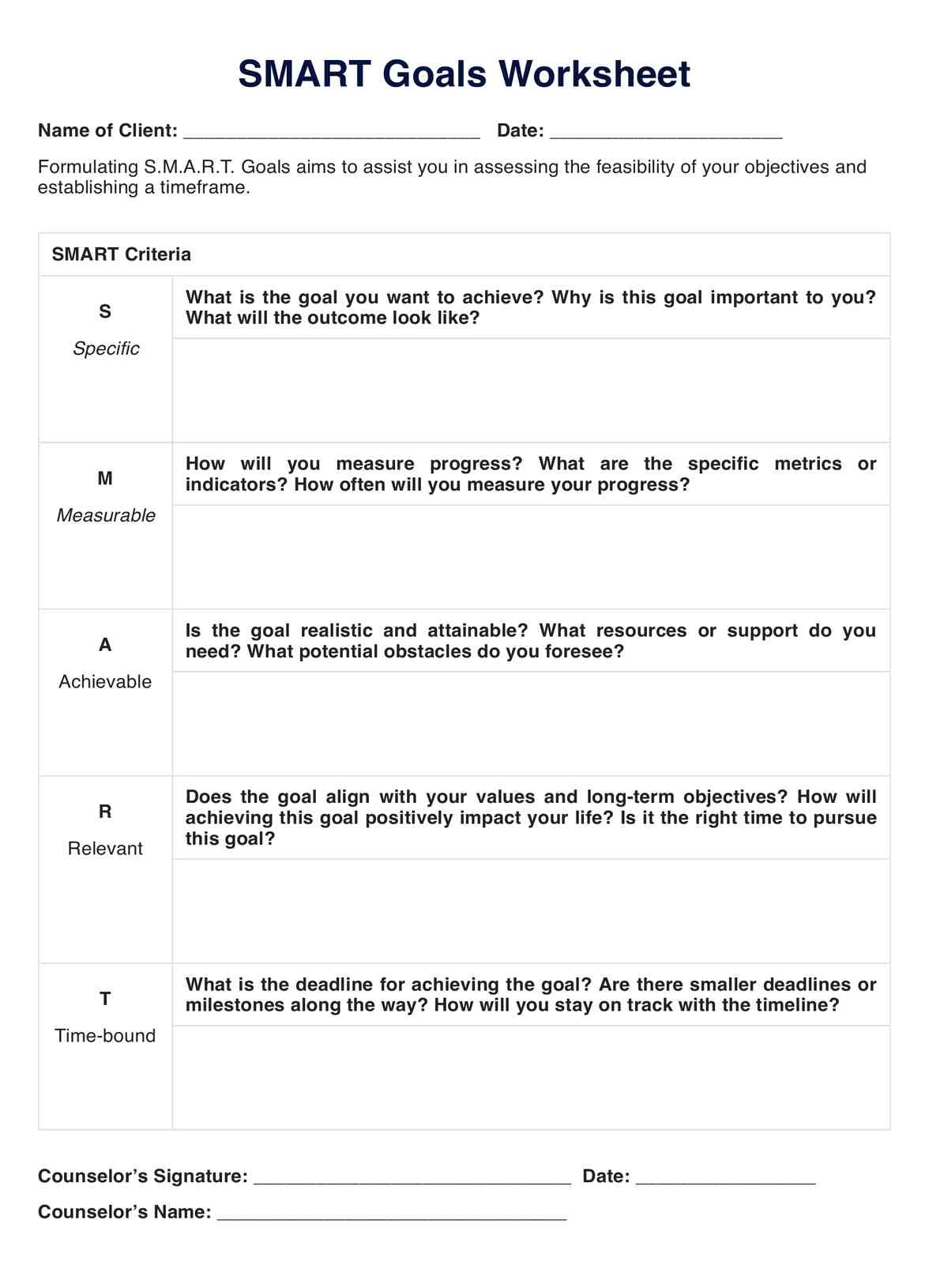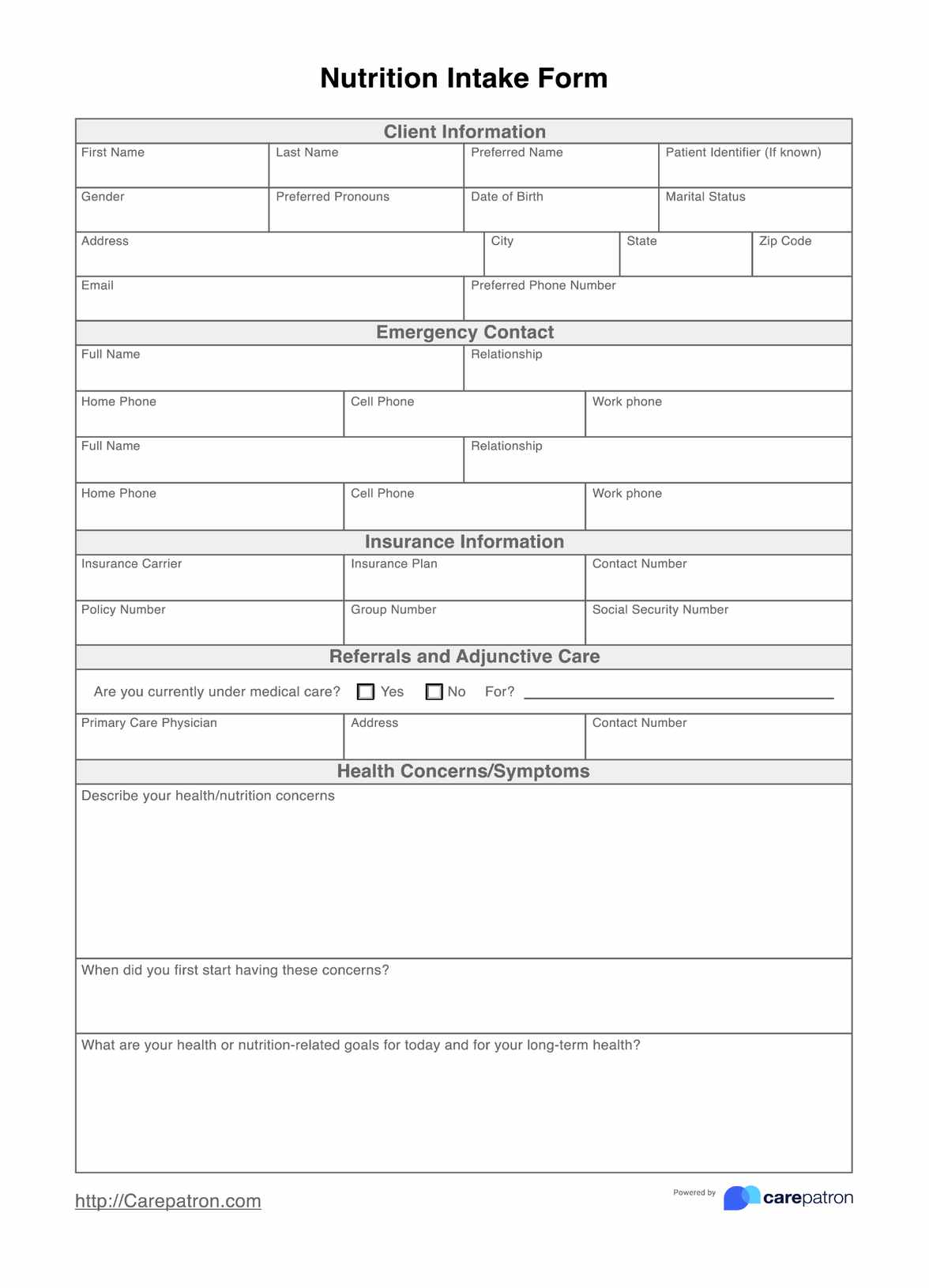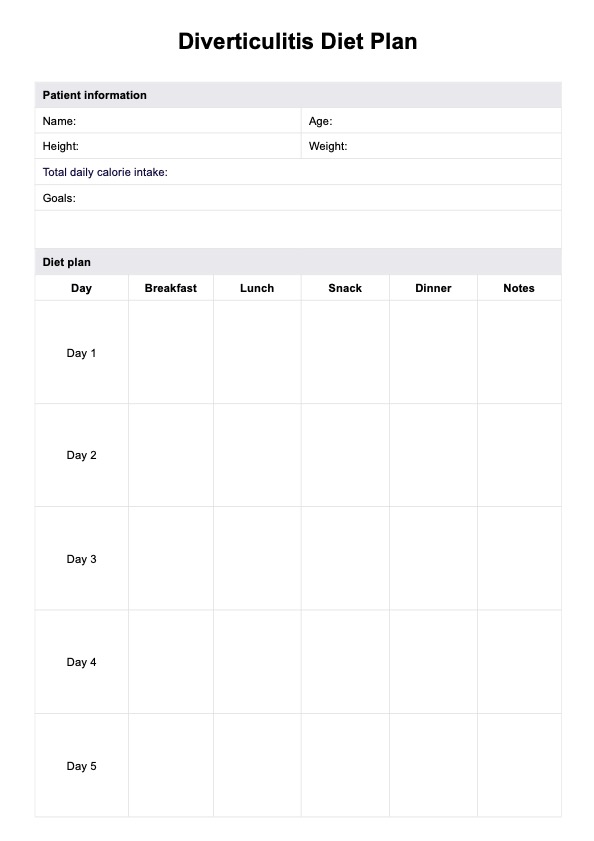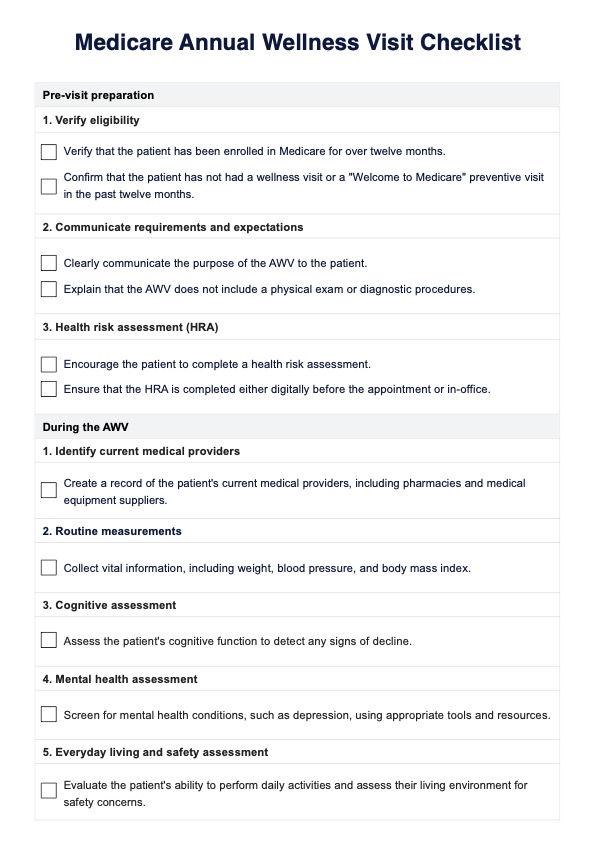High Protein Grocery List
Explore our High-Protein Grocery List for effective diet planning, featuring diverse protein sources, meal tips, and a free PDF download.


An introduction to high protein diets
As a nutritionist, dietitian, or food specialist, understanding the intricacies of high-protein diets is crucial for effectively guiding your clients and patients. A high-protein diet emphasizes consuming protein-rich foods while often reducing the intake of carbohydrates and fats. This dietary approach is popular among athletes, bodybuilders, and individuals aiming to lose weight or improve body composition due to its potential to enhance muscle growth, promote satiety, and support overall health.
High-protein diets are frequently adopted to increase muscle mass, reduce body fat, or manage conditions like diabetes. By advising patients on how much protein they should consume—measured in grams of protein—you can aid in muscle repair and growth, particularly for those engaging in regular physical activity.
However, it is important to discuss potential risks with your clients. Overconsumption of protein, especially from animal sources, might increase the risk of heart disease and kidney strain and exacerbate existing kidney issues. Additionally, diets high in protein but low in carbohydrates can increase saturated fat intake, which may cause nutritional deficiencies or insufficient fiber intake, negatively affecting digestive health.
Encourage your clients to balance their high-protein diet with adequate fruits, vegetables, and whole grains to ensure they receive a well-rounded nutrient intake. Consider recommending a consultation with a healthcare professional, especially for clients with pre-existing health conditions, before starting a high-protein diet.
High Protein Grocery List Template
High Protein Grocery List Example
High-protein diet guidelines
When guiding clients on adopting a high-protein diet, it's essential to emphasize a balanced and mindful approach to nutrition. Here are key guidelines to consider:
- Diverse protein sources: Encourage clients to incorporate a variety of protein sources to ensure a balanced intake of amino acids. This includes both animal and plant-based proteins.
- Moderation and balance: While focusing on protein, it's important to maintain a balanced diet that includes carbohydrates, fats, vitamins, and minerals. Whole foods, such as fruits, vegetables, and whole grains, should complement the protein sources.
- Hydration: Advise clients that high protein intake can increase their water needs. Emphasize the importance of staying well-hydrated to assist the kidneys in processing protein effectively.
- Portion control: Remind clients to be mindful of portion sizes. Excess protein can lead to unwanted weight gain or kidney stress, especially if it is not balanced with body weight considerations.
- Quality of protein: Recommend lean and minimally processed sources of protein. This includes the best high-protein foods, such as lean protein cuts of meat, low-fat dairy products, and plant-based proteins like legumes and beans.
- Consider individual needs: Tailor protein recommendations based on the client's health goals, activity levels, and medical conditions.
- Gradual increase: For clients new to a high-protein diet, a gradual increase in protein intake is suggested to allow their bodies to adjust.
By following these guidelines, you can help your clients maximize the benefits of a high-protein diet while minimizing potential risks. Focus on creating sustainable and healthy eating patterns supporting your clients' nutritional needs.
Common foods high in protein
Understanding which foods are high in protein is essential for guiding your clients. Below are some common high-protein food sources that can be recommended:
Meat and poultry
Meat and poultry are renowned for their high protein content and provide high-quality protein essential for muscle building and repair. They provide essential amino acids crucial for muscle building and repair. Examples include chicken breasts, a staple in healthy salads and stir-fries, and ground turkey, perfect for sandwiches and wraps. When recommending beef, lean beef cuts like sirloin or tenderloin can be used in dishes like beef stroganoff or pork stir-fry.
Legumes and beans
Legumes and beans are excellent protein sources for clients who follow plant-based diets. They are also rich in fiber, aiding in digestion and satiety. Suggest lentils for soups and stews, while black beans can be used in tacos or as a salad topping. Chickpeas are also versatile, used in hummus or roasted as a crunchy snack, and kidney beans are a key ingredient in chili and curry dishes.
Fish and seafood
Fish and seafood offer protein along with beneficial omega-3 fatty acids. Salmon can be grilled or baked and is popular in salads and pasta. Whether fresh or canned, tuna is excellent in sandwiches, salads, or casseroles. Shrimp can be stir-fried or grilled, and cod, known for its mild flavor, works well in fish tacos or baked dishes.
Eggs and dairy
Eggs are a complete protein source and extremely versatile, used in omelets, frittatas, or as a topping on avocado toast. Dairy products like Greek yogurt and cottage cheese are high in protein. Greek yogurt works well in smoothies or as a base for dips, while cottage cheese can be a part of breakfast bowls or stuffed in crepes. For dairy alternatives, soy milk, almond milk, and coconut yogurt are popular, and whey protein powder can be a great protein boost for those not lactose intolerant.
Grains and seeds
Grains like quinoa and oats are protein-rich and provide fiber and essential minerals. Quinoa can be a side dish or salad base, while oats are a breakfast staple in porridge or overnight oats. Seeds like chia and flaxseeds can be added to smoothies, yogurts, or baked goods for a protein boost. Barley, another high-protein grain, is excellent in soups and stews.
Recommending these high-protein foods helps ensure your clients receive the necessary nutrients for their dietary goals. Whether your clients prefer plant-based or omnivorous diets, these options offer ample opportunities for diverse and nutritious meals.
How does this high-protein diet shopping list work?
Our printable High-Protein Grocery List is an invaluable tool for nutritionists, dietitians, and food specialists aiming to support clients in following a high-protein diet. Here’s how you can effectively use this list with your clients:
Step 1: Access our template
Start by accessing the High-Protein Grocery List template on the Carepatron app or through the preview of the template on this page. Familiarize yourself with the template's format and the variety of protein sources listed.
Step 2: Explain the template to the patient
Introduce this high-protein shopping list template to your patient, explaining its purpose and how it can assist in their dietary planning. Highlight the importance of a balanced diet and how this list focuses on protein-rich foods while considering overall nutritional needs.
Step 3: Personalize the list
Customize the grocery list for high-protein diet based on the patient's dietary preferences, health requirements, and any specific medical advice. This might include emphasizing certain protein sources over others, considering food allergies or intolerances, and adjusting for any medical conditions like hypertension or gout.
Step 4: Plan for balanced meals
Refer to the list to plan for balanced meals throughout the week. Encourage the patient to think about how they can incorporate these protein sources into different meals, ensuring a variety of nutrients are consumed.
Step 5: Add additional grocery items
Besides protein sources, remind the patient to include other essential grocery items such as fruits, vegetables, healthy fats, and whole grains. This will help in creating well-rounded meals.
Step 6: Set reminders and notes
Utilize the 'Reminders and Notes' section to jot down important dietary reminders, preparation tips, or specific recipes the patient might find useful.
Step 7: Review and update regularly
Review and update the grocery list regularly according to the patient's progress, dietary changes, or any adjustments in their health condition.
By following these steps, health professionals can effectively guide their patients in using the High-Protein Grocery List, aiding them in adhering to a high-protein diet tailored to their health needs.
Benefits of having a High-Protein Grocery List
A high-protein food shopping list is a valuable resource for those focusing on a protein-rich diet. Let's explore its benefits:
Streamlines shopping
This protein grocery list simplifies grocery shopping by clearly outlining what to buy, reducing time spent in stores, and avoiding unnecessary purchases. It makes it easier to navigate the grocery aisles, focusing on nutrient-rich, high-protein foods.
Ensures adequate protein intake
This list ensures that individuals aiming to increase their protein intake for muscle building, weight loss, or overall health improvement consistently purchase high-protein foods, supporting their dietary goals.
Aids in meal preparation and planning
With a specific list of items to buy, meal prep becomes more organized and efficient. It aids in planning balanced meals that incorporate adequate protein, essential for a healthy diet.
Supports specific dietary needs
The list can be tailored to specific needs, such as lactose intolerance or allergies, ensuring that dietary restrictions are respected while maintaining a high protein intake.
Promotes healthier eating habits
Focusing on high-protein foods often leads to healthier eating choices, as it encourages the inclusion of lean meats, legumes, and other nutrient-dense foods.
Facilitates weight management
High-protein diets are often effective for weight management. This grocery list helps individuals focus on foods conducive to weight loss or maintenance while providing satiety and reducing cravings.
Versatile for different lifestyles
A High-Protein Grocery List is adaptable to various lifestyles and dietary preferences, whether for athletes, individuals with specific health conditions, or those simply looking to improve their diet. Our template is also editable and shareable.
A well-structured protein shopping list is a practical approach to maintaining a nutritious diet. It helps clients make informed food choices that support their overall health and wellness goals.
Limitations of the High-Protein Grocery List
While a High-Protein Grocery List is a valuable tool, it's important to be aware of its limitations. Overemphasis on protein can lead to nutritional imbalances, potentially causing deficiencies in carbohydrates, fats, vitamins, and minerals. As professionals, it’s essential to guide clients in maintaining a balanced diet.
Excessive protein intake can also be problematic for clients with certain health conditions, such as kidney disease or gout. High-protein diets are not universally suitable, and professional guidance is necessary to ensure they are appropriate for each individual.
Finally, the cost of high-protein foods, especially quality meats and organic products, can be a limiting factor for some clients. Consider discussing budget-friendly options to make this diet more accessible.
Commonly asked questions
High protein foods at the grocery store include meats like chicken and turkey, seafood such as salmon and tuna, dairy products like Greek yogurt, legumes, beans, nuts, seeds, and whole grains like quinoa and oats.
Foods highest in protein typically include lean meats, poultry, fish, eggs, dairy products, legumes, nuts, and certain seeds like chia and flaxseeds. These foods provide essential amino acids vital for muscle growth and repair.
Top 10 high-protein foods for daily consumption include chicken breast, salmon, eggs, Greek yogurt, lentils, almonds, cottage cheese, quinoa, turkey breast, and black beans. These foods can be easily incorporated into various meals throughout the day.


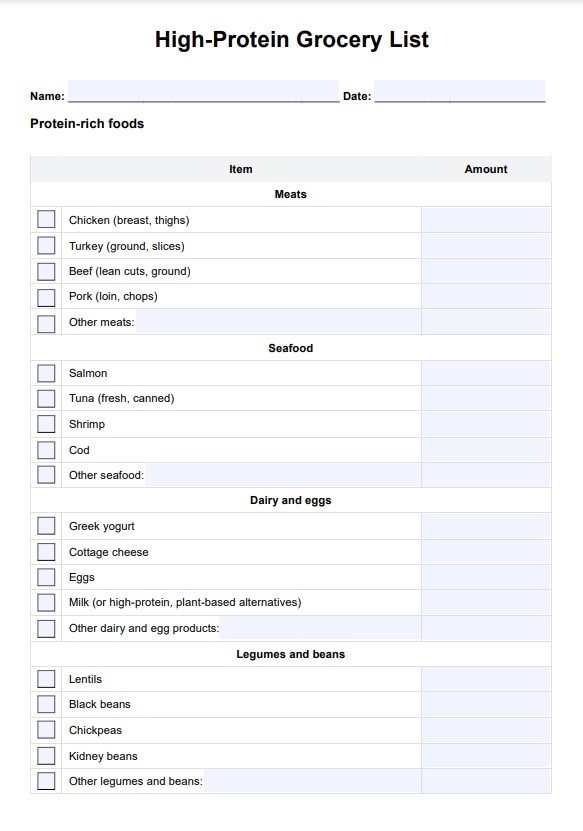
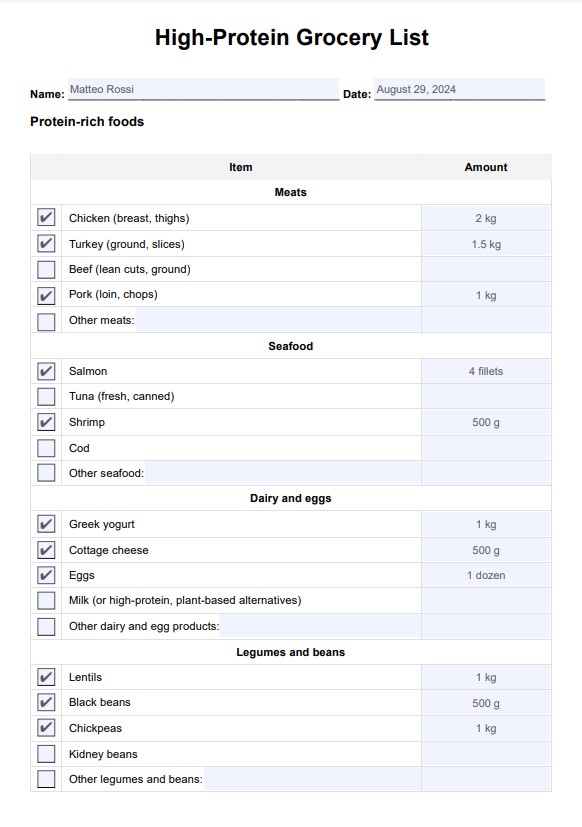

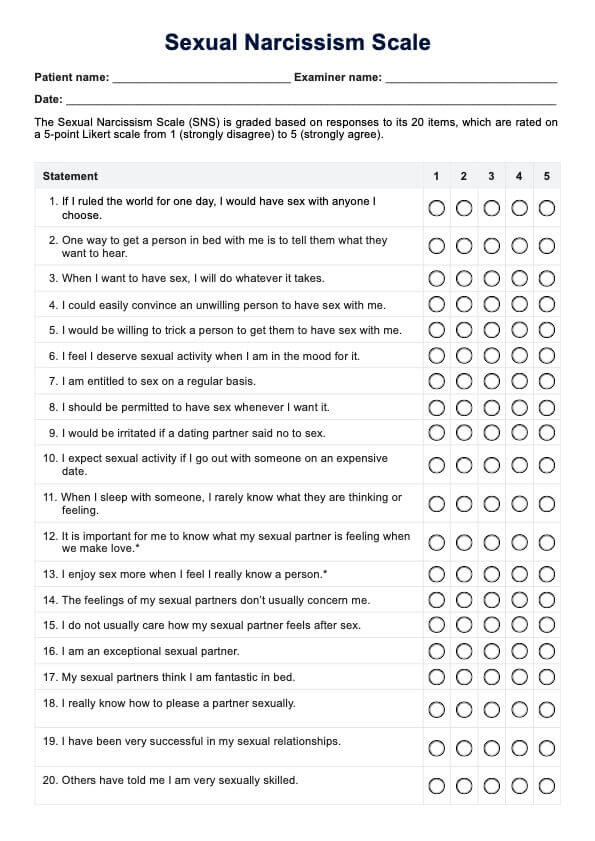











-template.jpg)





































































